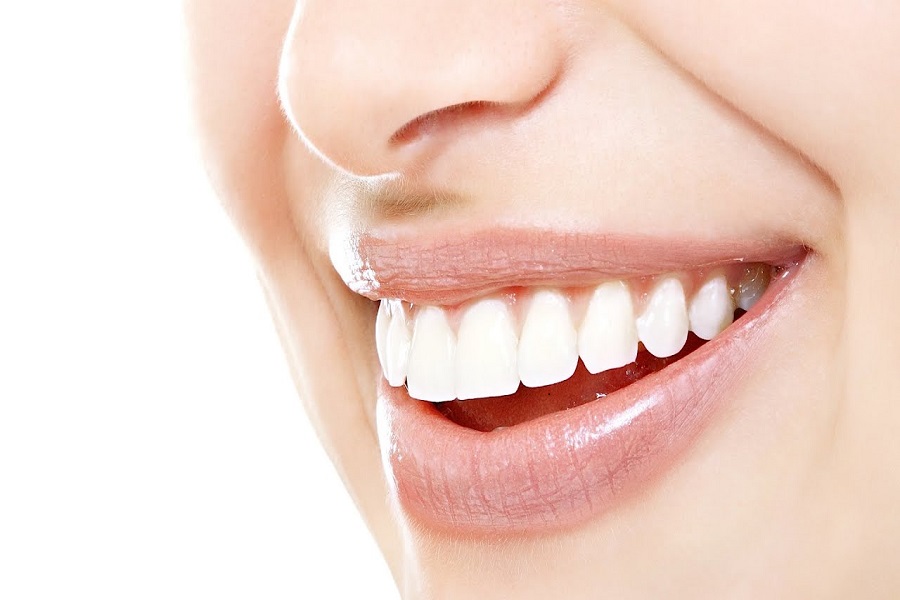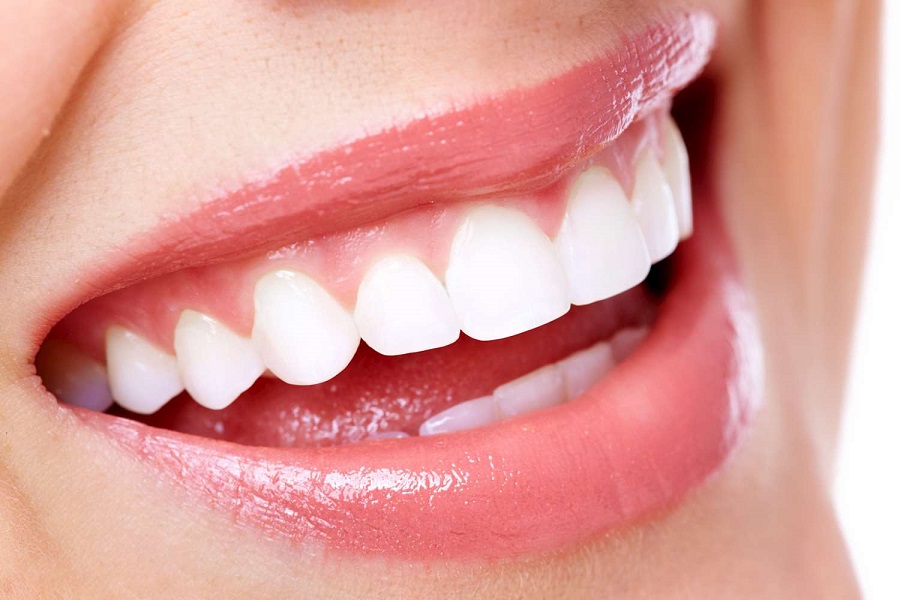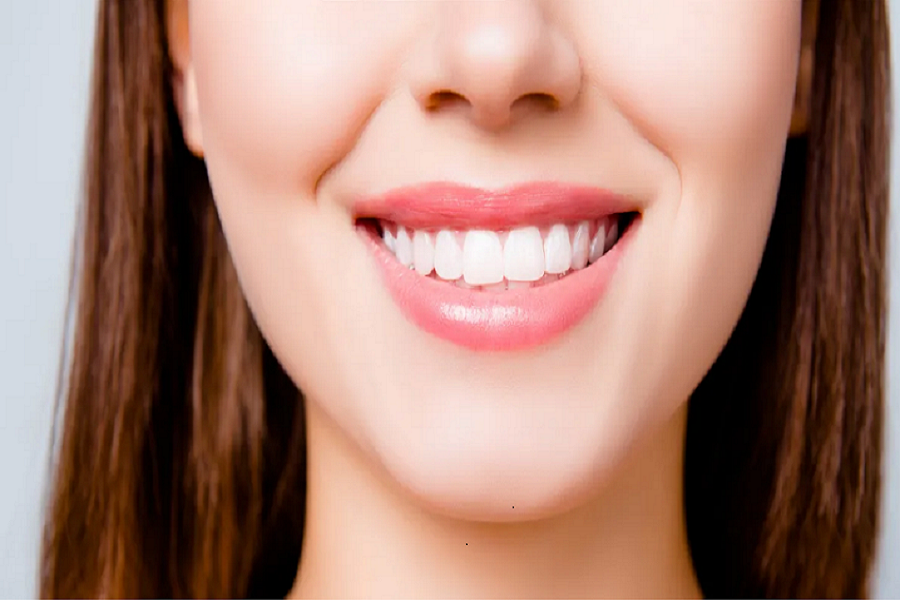Pit and fissures refer to the grooves and fissures on the uneven surface of the molars in the oral cavity, which can increase the chewing area and increase the friction force, which is conducive to fully chewing the food. The fissures in the pit and fissures are sometimes deep and easy to accumulate caries-causing bacteria. Children’s brushing methods are usually hasty and careless, and it is not easy to clean them in place. Once bacteria invade the teeth, caries will occur, which will gradually damage the entire tooth and shorten the life of the tooth.
Pit and fissure sealing is to use a kind of organic polymer resin material that is harmless to the human body and synthesized by light curing. . Isolate the cariogenic factors in the oral environment from damaging the teeth and form a protective barrier to prevent bacteria and food residues from entering the pits and fissures, just like putting a layer of protective clothing and armor on the teeth.
Is pit and fissure sealing suitable for every child? Not every child needs pit and fissure sealing. Therefore, before judging whether to do treatment, we must go to a professional dental hospital for medical examination. If the child’s pits and fissures are found to be deep and fissures, it is more suitable for pit and fissure sealing treatment.
Will pit and fissure sealing damage my child’s teeth? Pit and fissure sealing does not damage the tooth tissue, but only applies the sealing material to the pit and fissures on the occlusal surface of the crown and the buccal and lingual surfaces to prevent the erosion of the tooth by cariogenic bacteria and acidic metabolites, so as to prevent pit and fissure caries. the goal of. The principle is that the liquid resin solidifies and hardens after entering the pits and fissures, forming a protective barrier covering the pits and fissures, so that the cariogenic bacteria outside can no longer enter, so as to achieve the purpose of preventing pit and fissures caries. Pit and fissure closure is quick and painless.
Do pit and fissure sealants never get caries? Effective only for the prevention of pit and fissure caries. The so-called pit and fissure sealing is a health care measure to prevent the occurrence of pit and fissure caries by sealing the healthy, newly erupted, new permanent teeth or deciduous teeth with deep fissures and fissures without damaging the teeth. However, this preventive effect is not 100% effective, and pit and fissure sealing is not a once and for all. Pit and fissure caries may still occur if the sealant wears or falls off. Secondly, the location of caries is not limited to pits and fissures. For children, the incidence of adjacent caries is not low, and pit and fissure sealing has no preventive significance for smooth caries, adjacent caries and root caries. Pit and fissure sealing is only to reduce the probability of dental caries on the occlusal surface of the teeth. It is very important to develop good brushing habits to maintain oral hygiene. It is recommended that parents regularly observe their children’s teeth. . Pit and fissure sealing is only a small part of a child’s lifelong tooth-free plan, and brushing, flossing, eating right, controlling snacks, and seeing your dentist regularly are important for your child’s healthy teeth.
Roughly how long will it take? Medically, the oral cavity is divided into four areas: upper, lower, left and right. If the child cooperates, the four areas can be done at one time, and the time is not long. It only takes 20 minutes. Because the tooth tissue is not ground, there is no pain, and children are needed. It is the mouth that cooperates.
Do I need to re-examine after sealing? Pit and fissure sealing is not a simple sealing. Usually, after children are done, it is not recommended to chew with the same side teeth on the same day. Although the impact of chewing is not particularly large, I am still worried that chewing will affect the efficacy of the sealant. If both pits and fissures are sealed, it is recommended to take soft or liquid food on the same day. Pit and fissure sealing materials cannot always accompany the tooth. After the pit and fissure is sealed, the tooth still needs to be checked regularly. Stomatologists recommend that regular review should be performed 3 months, half a year, a year and every year after sealing, so as to find out whether the sealant has fallen off, whether the edge is missing, whether there is suspicious caries.
Advertisements
Do pit and fissure sealants never get caries?
Advertisements
Related Posts
Popular Articles
Understanding Three-Month-Old Teething: Signs, Effects, and Management
by Anna
Teething is a significant milestone in a baby’s development. While most babies develop their first teeth between four and seven...
Latest Posts
Tags
alveolar bone bad breath black teeth bleeding gums cold light whitening crooked teeth cure dental care dental implant dental implants Dental Insurance dentures discolored teeth disease gingivitis Gum Disease misaligned teeth oral disease orthodontic orthodontic care orthodontics orthodontic treatment periodontal disease periodontitis permanent teeth porcelain teeth teeth teeth cleaning teeth white teeth whitening teeth whitening methods Teeth Whitening Strips tooth tooth decay tooth extraction tooth filling ultrasonic cleaning underbite whitening whitening toothpaste white teeth wisdom teeth wisdom teeth extraction wisdom tooth yellow teeth

Panda Oral – oral and dental health consultants around you, providing orthodontic, tooth whitening, dental implants, scaling, filling, extraction, dental implants, dental caries, wisdom teeth, bad breath, bleeding gums, oral ulcers, periodontal disease for patients with dental diseases It can help you solve oral problems easily.【Contact us: [email protected]】
Recent News
- Who Do Cavities Hurt 01/04/2025
- Can a Cavity Give You Headaches 01/04/2025
- Understanding Three-Month-Old Teething: Signs, Effects, and Management 01/04/2025
Copyright © 2023 PANDA ORAL - Oral_Oral health_oral hygiene_oral care_dental health_dental oral surgery





























